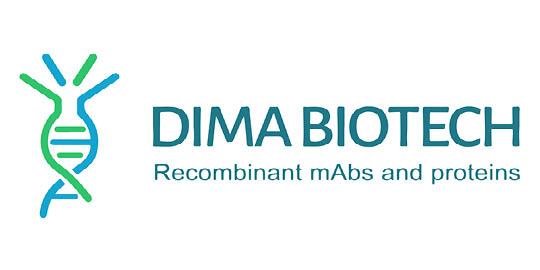Human XCR1 Protein, hFc Tag
Human XCR1 Protein, hFc Tag
SKU
DMAPME101424-50
Packaging Unit
50 µg
Manufacturer
DIMA Biotechnology
Availability:
loading...
Price is loading...
Background: The protein encoded by this gene is a chemokine receptor belonging to the G protein-coupled receptor superfamily. The family members are characterized by the presence of 7 transmembrane domains. The encoded protein transduces a signal by increasing the intracellular calcium ion level. The viral macrophage inflammatory protein-II is an antagonist of this receptor and blocks signaling. Some studies have implicated a cluster of genes at 3p21.31, including this gene, as associated with COVID-19 risk. The encoded protein may also play a role in cell proliferation and migration in several types of cancer. [provided by RefSeq, Jan 2023]
Description: Recombinant human XCR1 Protein with C-terminal human Fc tag
Molecular Weight: The protein has a predicted molecular mass of 29.7 kDa after removal of the signal peptide. The apparent molecular mass of XCR1-hFc is approximately 35-55 kDa due to glycosylation.
Storage & Shipping: Store at -20°C to -80°C for 12 months in lyophilized form. After reconstitution, if not intended for use within a month, aliquot and store at -80°C (Avoid repeated freezing and thawing).Lyophilized proteins are shipped at ambient temperature.
Tag: C-Human Fc tag
Expression Host: HEK293
Formulation & Reconstitution: Lyophilized from sterile PBS, pH 7.4. Normally 5 % - 8% trehalose is added as protectants before lyophilization. Please see Certificate of Analysis for specific instructions.
Target: XCR1
Uniprot ID: P46094
Usage: Research use only
Molecular Characterization: XCR1(Met1-Thr31) hFc(Glu99-Ala330)
Purity: The purity of the protein is greater than 95% as determined by SDS-PAGE and Coomassie blue staining.
Description: Recombinant human XCR1 Protein with C-terminal human Fc tag
Molecular Weight: The protein has a predicted molecular mass of 29.7 kDa after removal of the signal peptide. The apparent molecular mass of XCR1-hFc is approximately 35-55 kDa due to glycosylation.
Storage & Shipping: Store at -20°C to -80°C for 12 months in lyophilized form. After reconstitution, if not intended for use within a month, aliquot and store at -80°C (Avoid repeated freezing and thawing).Lyophilized proteins are shipped at ambient temperature.
Tag: C-Human Fc tag
Expression Host: HEK293
Formulation & Reconstitution: Lyophilized from sterile PBS, pH 7.4. Normally 5 % - 8% trehalose is added as protectants before lyophilization. Please see Certificate of Analysis for specific instructions.
Target: XCR1
Uniprot ID: P46094
Usage: Research use only
Molecular Characterization: XCR1(Met1-Thr31) hFc(Glu99-Ala330)
Purity: The purity of the protein is greater than 95% as determined by SDS-PAGE and Coomassie blue staining.

 Deutsch
Deutsch











